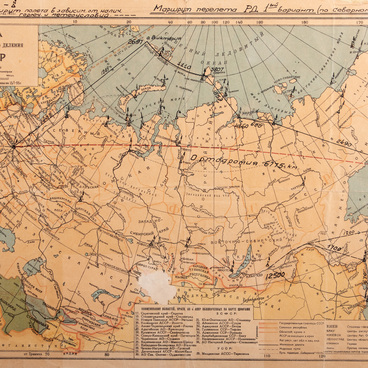After the legendary flight to the island of Udd, Valery Pavlovich Chkalov, Georgy Filippovich Baydukov and Alexander Vasilyevich Belyakov still cherished the idea of flying along the Moscow — North Pole — America route. It only became possible to obtain permission for the flight after the arrangement of the North Pole-1 drifting station, which could maintain radio contact with the aircraft, as well as transmit weather reports to the board of the plane.
The station started operating on May 21, 1937, and four days later the crew led by Chkalov was called to the Kremlin, where it was decided that the pilots would fly across the North Pole to America on an ANT-25 aircraft.
From the memoirs of the crew:
The station started operating on May 21, 1937, and four days later the crew led by Chkalov was called to the Kremlin, where it was decided that the pilots would fly across the North Pole to America on an ANT-25 aircraft.
From the memoirs of the crew:


